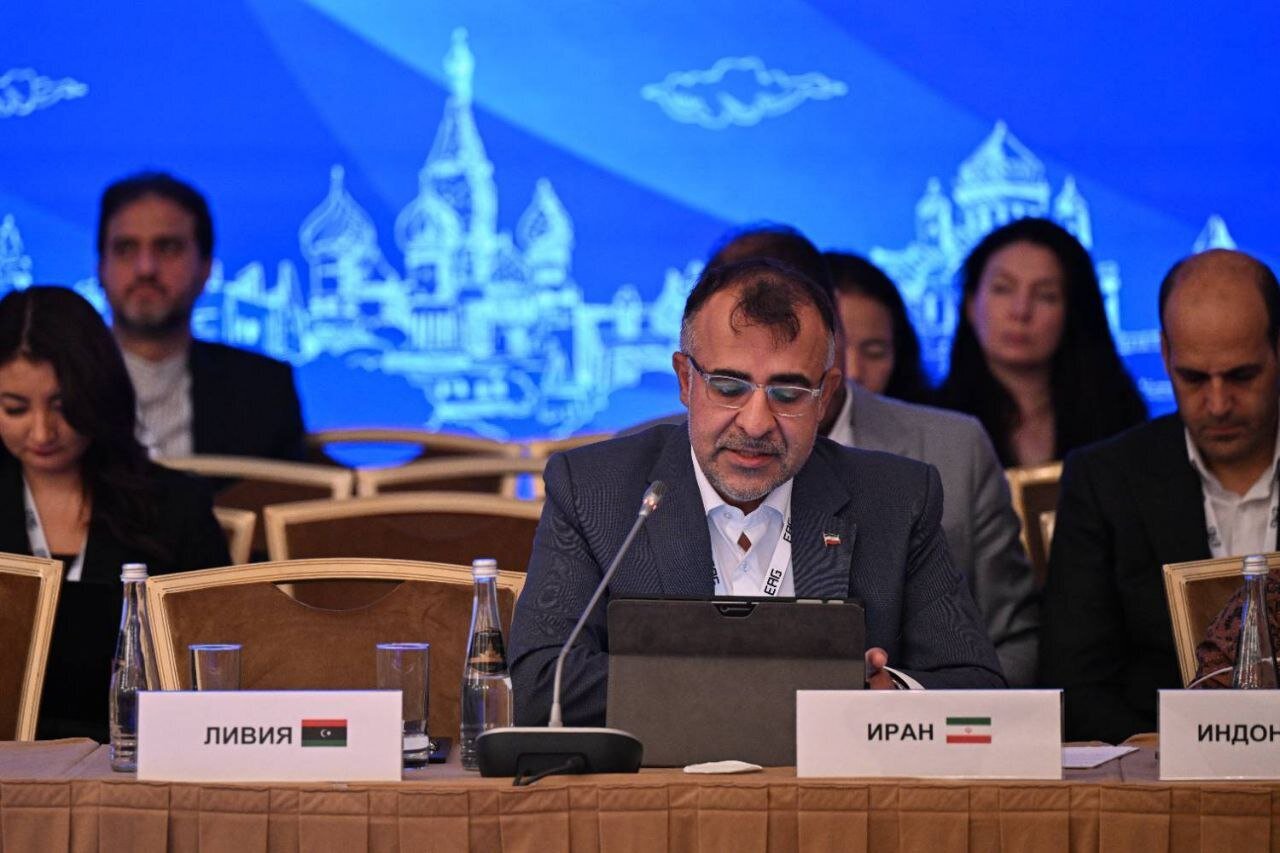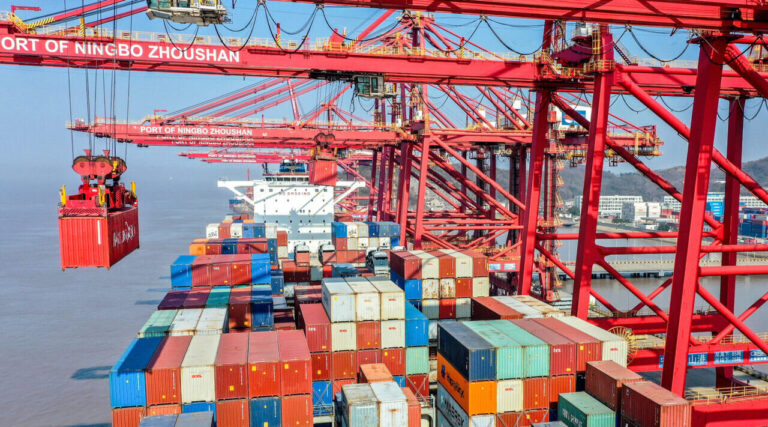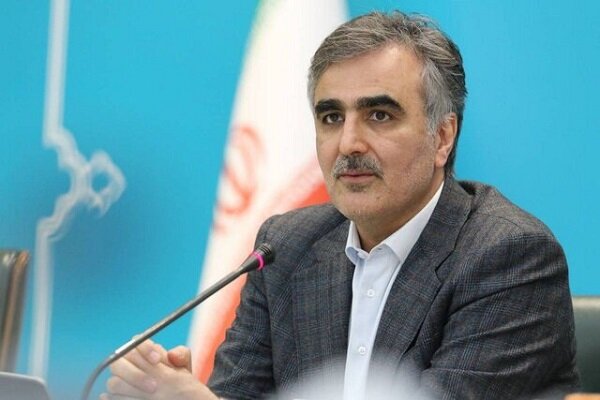
Similar Posts

Iran’s Non-Oil Exports Surge 18% in 10 Months, Reveals Economy Minister
Recent data from the Islamic Republic of Iran Customs Administration (IRICA) reveals a significant rise in Iran’s non-oil exports, reaching $47.8 billion from March 21, 2024, to January 22, 2025, an 18% increase from the previous year. In contrast, non-oil imports grew by only 3% to $56 billion. Notably, gold imports totaled $6.3 billion, reflecting strategic resource management. The overall balance of trade shows a surplus exceeding $28 billion, underscoring Iran’s strengthening trade capabilities amidst economic challenges. These figures indicate a promising outlook for Iran’s economy as it diversifies beyond oil exports.

Chinese State Refineries Slash Oil Imports from Russia: Impact on Global Energy Market
Chinese state-controlled refiners, including Sinopec and Zhenhua Oil, have suspended purchases of Russian oil for March amid concerns over sanctions and geopolitical tensions related to the Russia-Ukraine conflict. Other companies like PetroChina and CNOOC continue buying but at reduced volumes. This cautious approach reflects the impact of US sanctions on global oil trade, prompting independent refiners to step in and purchase cheaper oil from Russia and Iran. The evolving situation highlights the complex interplay between geopolitical events and the oil market, with potential implications for global prices and supply chains as refiners reassess their strategies.

Exciting Iran Oil Show 2025 Set for Tehran on May 8: A Must-Attend Event for Industry Leaders!
The 29th International Iran Oil and Gas Exhibition 2025 will be a key event for the oil, gas, and petrochemical industries, featuring 150 foreign companies from 14 countries and numerous domestic enterprises. The exhibition will facilitate B2B cooperation, showcase cutting-edge technologies, and offer networking opportunities, making it a vital marketplace for industry professionals. Attendees can expect to gain insights into market trends, access the latest advancements, and explore potential partnerships. With workshops and presentations planned, the event promises to drive innovation and collaboration, making it essential for anyone involved in the energy sector.

Iran’s Central Bank Governor Makes Key Visit to Oman: Strengthening Financial Ties
Recent diplomatic talks between Iran and Oman have initiated enhanced monetary and banking cooperation, vital for boosting economic relations and trade. Iranian Foreign Minister Farzin’s visit aims to develop banking interactions, strengthen international cooperation, and increase trade exchanges, which have surged by 41% over the past year. This collaboration promises improved investment opportunities, streamlined trade processes, and shared banking expertise. The discussions extend beyond banking to include trade, tourism, and infrastructure, fostering a more integrated economic landscape. As both nations commit to this partnership, they aim to promote regional stability and achieve long-term economic goals.

Iran’s Nanotechnology Boom: Exporting Over $1 Million in Cutting-Edge Nanoproducts in Just One Year!
Iran has become a key player in the global nanotechnology market, exporting over $1 million in products, particularly in textiles and civil engineering. Iraq is a major destination, alongside neighboring countries like Afghanistan and Georgia. Notably, India, Pakistan, and the UAE are top recipients of Iranian nanomaterials. The Iranian government is enhancing support for research and startups in this sector, emphasizing its role in economic growth and technological advancement. By investing in nanotechnology, Iran aims to diversify its industries, strengthen international collaborations, and compete globally, paving the way for future innovations across various sectors.

Iran Sees Jet Fuel Consumption Surge by Over 6% Year-on-Year Through March
Iran’s civil aviation sector is showing resilience despite ongoing international sanctions, as reported by the head of the Aviation Refueling Department. In the year leading up to March 20, over 1.572 billion liters of jet fuel were supplied, an increase of nearly 100 million liters from the previous year, supporting 212,886 flights. Daily fuel consumption rose by 250,000 liters to approximately 4.308 million. However, the Iranian government plans to end subsidies for jet fuel to save nearly $1 billion annually, raising concerns about potential cost increases for airlines and passengers. Despite challenges, demand for air travel in Iran remains strong.